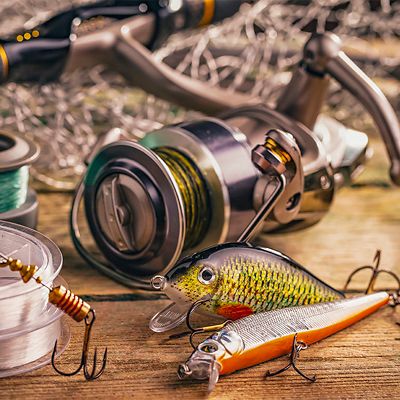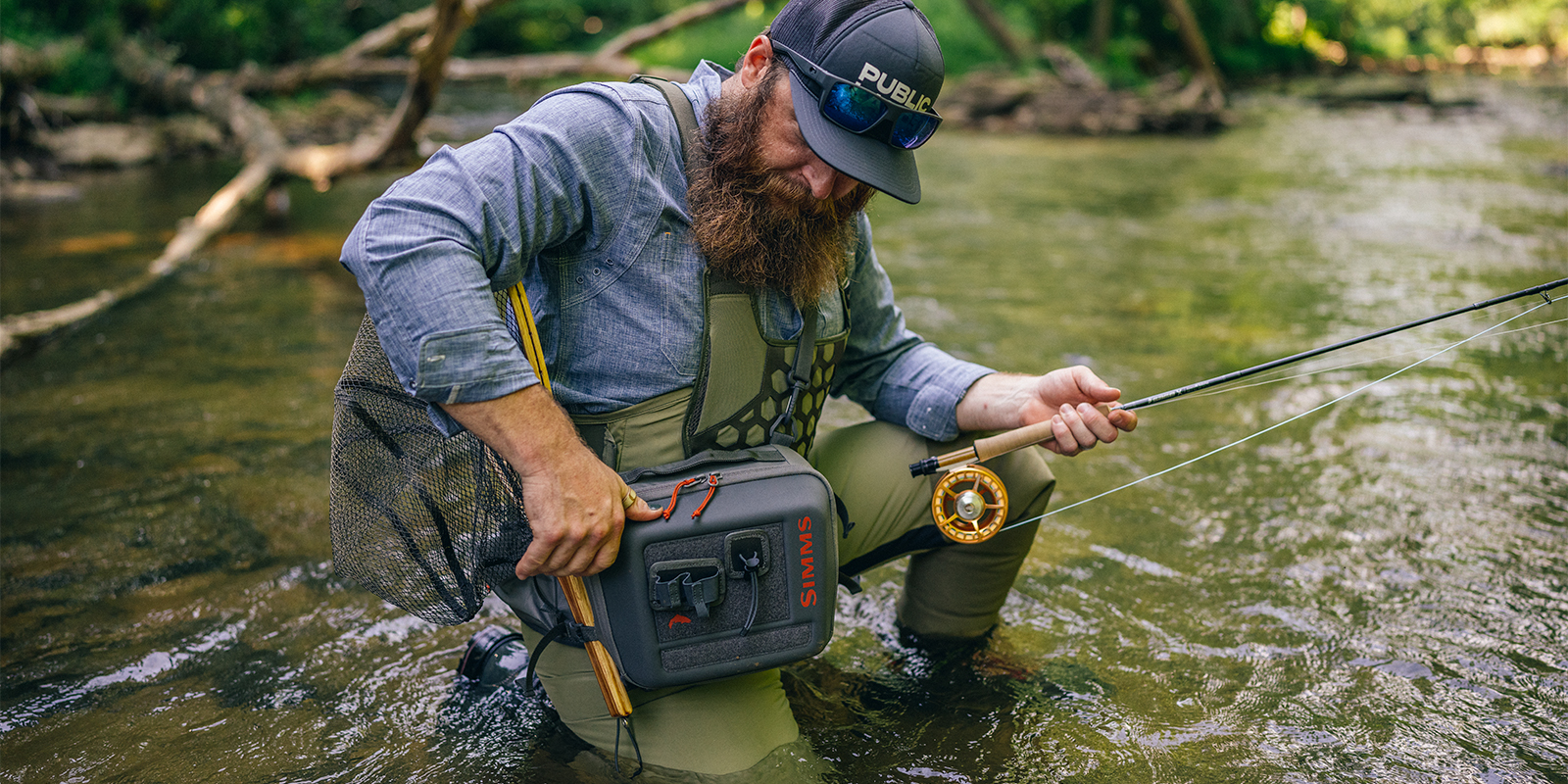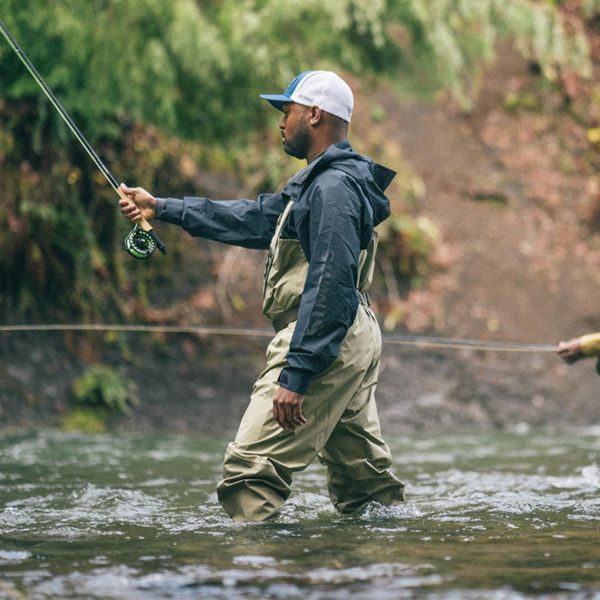Contending with ocean elements always makes saltwater fishing an adventure. The added exposure to sun, salt, and bigger fish also means selecting equipment up for the rigors, starting with the right saltwater reel. This critical part of your fishing setup manages your fishing line, letting it out and pulling it back in. Seems simple enough, but there’s plenty to consider, including the reel speed and the materials used. Most importantly, you need to factor the type of fish you’re targeting: heavy, fast, near the water’s surface?
First and foremost, a fishing reel should be compatible with your fishing rod. Rod and reel work as a team, so if they're mismatched your system might not work. Because there are a few different types of reels—spinning, baitcasting, trolling, and fly fishing—make sure you’re pairing it with the same type of rod.
Types of Saltwater Reels
Spincast reels are the most simple reels available. They are a version of a spinning reel that’s enclosed in a metal housing—particularly helpful for beginner angles. They’re best suited for working with lighter lures and baits.
Pros: A button helps control the spool, which makes it easier to cast, and a drag adjustment mechanism allows anglers to adjust how much a fish feels the resistance once caught on the line.
Cons: Limited casting range, not as precise, and can wear down quickly if saltwater gets inside the housing; may only last one or two seasons out on the water.
Spinning reels have a fixed spool that's mounted below the spinning rod. These are open-face reels (not enclosed in any housing) that work best for casting or jigging, as letting out and retrieving the line can happen quickly and efficiently.
Pros: Simple, not a big learning curve, not as easy to tangle the line when casting; works well for casting at high speeds and using lighter-weight saltwater lures and baits.
Cons: Doesn't cast as far, can create tangled loops in the line known as "wind knots" that make lines after harder to retrieve.
Baitcasting reels have a revolving spool that sits on top of the baitcasting rod. They use the weight of your bait or lure as it pulls on the line to turn the spool, and the drag system is designed to adjust the level of resistance needed to pull the correct length of line off the spool. These are the most advanced type of saltwater fishing reels.
Pros: Baitcasting reels hold more line, cast farther and produce smoother drag than spinning reels; they work well for long casts or when big baits are necessary and are better for bottom fishing and jigging.
Cons: Baitcasting reels are more difficult to cast; you need to use your thumb to stop the line from spooling.
Trolling reels are a subset of baitcasting reels, and they allow you to drag live bait or a lure behind your boat.
Pros: Built with heavy-duty fishing in mind, the drag will scream loudly when something takes your lure or bait; the rod and reel are strong enough to handle large game fish.
Cons: Not very precise, heavy.
Saltwater fly-fishing reels are designed to present your bait or lure in the most natural way possible.
Pros: Minimalist and nimble, smooth drag.
Cons: Limits fishing to top-water fish, and anglers must consider flies.














